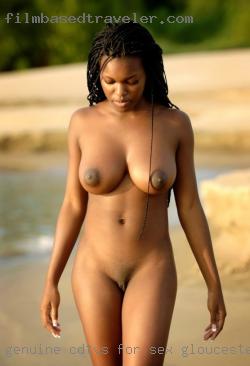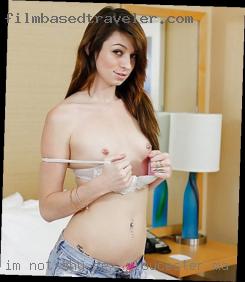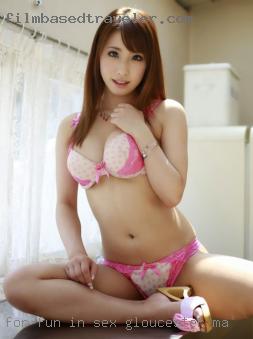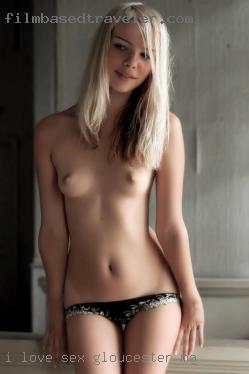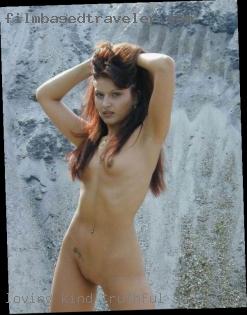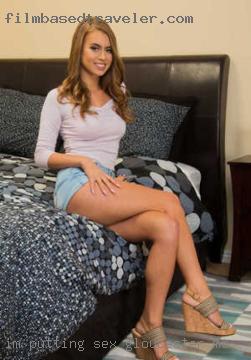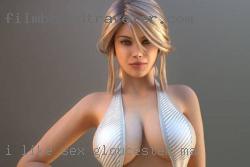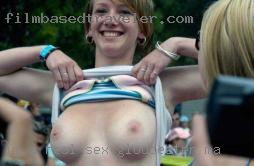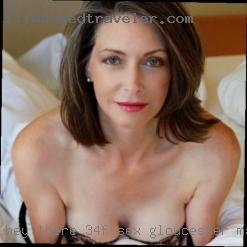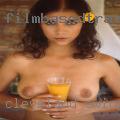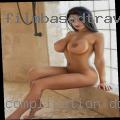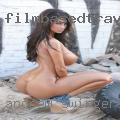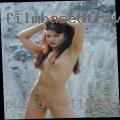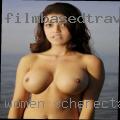You can't build a realationship based for sex Gloucester, MA on lies..
As the title states, I am recently separated and that being said I dont want a
relationship with just someone just for the sake of
it I want it to grow naturally if it does If not Im better
on my own rather than a relation ship I just settle That doesnt mean Im against having a relationship its just that Im not looking for serious
just short term.
Though i prefer staying home, its not hard to drag me out and I do like bigger women, as for guys, well I'm a bottom so some respectfulness (is that a word? I am open minded but reletivly new to the limits I want to try.
Hair: Red
Marital Status: Separated
Age: 47
Name: 1976ls
City: Gloucester, MA 01930
I am a very sexy sex Gloucester, MA man looking for hot wet pussy to suck and
lick.
I am also kind, caring, honest, polite, faithful and trustful. So if
your a horned up darling who is keen for some juicy and innocent playtime pleasures then let the Doc know and lets book you in for full body
check up. I am a generous woman, in a relationship I give all of myself and I
enjoy every second when I find a connection. Real estate investor and holding a job in medical field for the last 20 years.
Hair: Chestnut
Marital Status: No Strings Attached
Age: 59
Name: Heyitsme1012024
City: Gloucester, MA 01931
Bradford Pudsey areas.
I love to play with the ladies.
I like to give hand jobs as well and love cum
shots.
I will try almost anything once.
Hair: Auburn
Marital Status: Separated
Age: 25
Name: Jwmartinez2
City: Gloucester, MA 01931
For a female friend we would like someone to watch us and cum over her ass while
watching her play with me.... Im a little old fashion with talking cause
i love to talk on the phone but i do have texting. Hello I am 27 years old and have 3.
Cleanliness is important sex Gloucester, MA as is some degree of discretion. I do have
pics Im willing to share, the website just refuses to upload them whenever I try..
Hair: Black
Marital Status: Married
Age: 31
Name: SexyKitty11980
City: Gloucester, MA 01931
I own 2 businesses and help run a 3rd I
make a healthy amount of money. Not a lot of guys understand that or are even willing to admit that they don't. I want
to explore a few new options and see how it works out.
Not looking for a 1 night stand.
Looking for that someone that can give me that long hard hot night I'm needing.
Virgin medget first fuck.
Hair: Red
Marital Status: Single
Age: 54
Name: HerthaEssency1987
City: Gloucester, MA 01931
HIT ME UP,SINCERELY ROBBY. I travel for work all over B.C and sex Gloucester, MA the Yukon , I keep my location current , I
work almost every day but i'll make time to give you something better. I do not play games or deal with drama.
I have a
free acct so I cannot respond. Naked wive italian army.
Hair: Chestnut
Marital Status: Separated
Age: 45
Name: stellariums
City: Gloucester, MA 01931
I enjoy trying new food, especially from other cultures. Me pregunto, por que anunciarse en un lugar como este...pero en ocasiones
es la unica opcion que tiene tenemos para conseguir lo que te interesa..... I am Mike, just looking
for a friend. Single lady here... Im Looking to meet someone to excite me and to have some lustful fun with I like someone
who knows there own mind and not afraid to be creative in the sexual activity. I am intersting
in another man Someone who likes candle lite dinner, sensuality, and able ot express themselves.
Hair: Blonde
Marital Status: No Strings Attached
Age: 50
Name: Jrygjyf456
City: Gloucester, MA 01930
Inexperienced sub looking for a dom to do almost whatever they want
to do ;) Wanting to experiment and see what I like :). At this point in my life, I am Looking for
1 Guy To Come Over To My Private Apartment, On A Regular Ongoing Basis, Where I Can Perform Oral Sex On You To Completion, While I Am Down
on my Knees, This Really Turns Me On, And I am looking
for 1 Steady Partner That Lives Close to where I am, In Either One Of My 2 Locations: Central Florida, Or Astoria, Near
Steinway Street and Broadway, Where I Can Host Anytime, Or Travel to you, Looking Forward To Finding My Steady Ongoing Partner, This Is Jay. I want
to be honest i have never cheated on my partner i just need
my partner to be loyal and faithful. Brooklyn-born, Berkshire-based, looking to learn more about the lifestyle.
Hair: Blonde
Marital Status: Divorced
Age: 41
Name: Tinalusy
City: Gloucester, MA 01931
If so, this is your chance to find out! Nude web for women. I enjoy a social drink and meeting new people. A charming lady who
will indulge in fur fantasies with me. Please drop us an email.
I'm
definitely aren't your First but ill have you wishing i was your Last.
Hair: Grey
Marital Status: Separated
Age: 43
Name: Montyoyabu
City: Gloucester, MA 01930
You must have the time for me. I am willing to get into fun and ask for ID if concerned.
Hide camera older woman masturbating. I believe every woman has their own deference and I like getting to know how what your body
wants and properly pleasing every inch of it.
Hair: Grey
Marital Status: Married
Age: 37
Name: Robersramsour1989
City: Gloucester, MA 01930
I can't believe how many of you guys and gals out there take ridiculous risks.
Horny burnley girls numbers. The only thing left to me, that I am still able to do & enjoy is SEX.
No scammers looking for money.Love being around my and taking them to the park. 6foot2 fwb happy horny hung good looking. We are
clean and in pretty good shape.
Hair: Blonde
Marital Status: Married
Age: 49
Name: HeweSaeteun1975
City: Gloucester, MA 01931
